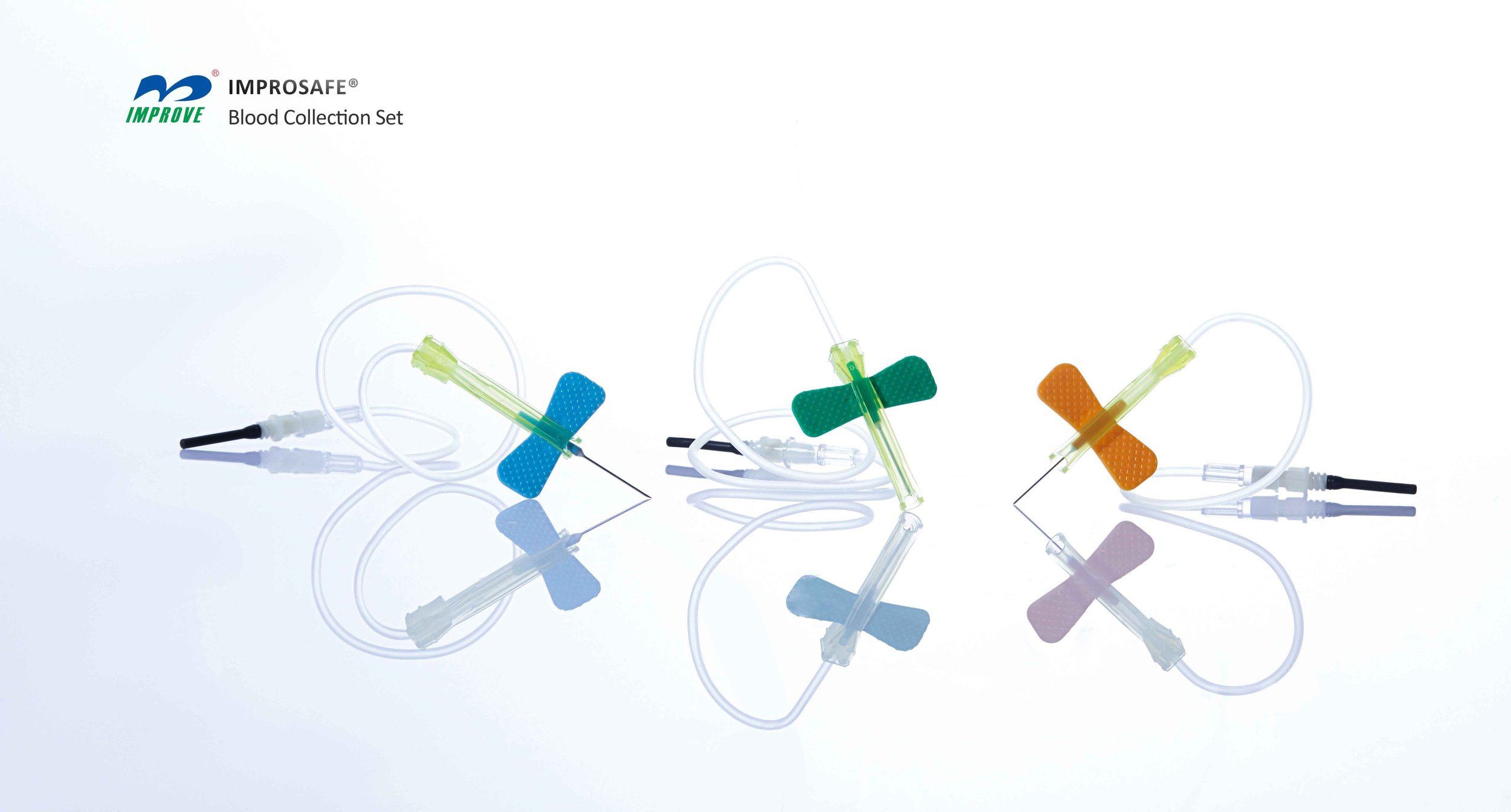The Importance of Proper Technique in Collecting Clean-Catch Urine Specimens
Summary
- Improper technique when collecting clean-catch urine specimens can lead to contamination and inaccurate results.
- Risks of not following proper protocol include misdiagnosis, delayed treatment, and compromised patient care.
- It is crucial for phlebotomists and lab technicians to adhere to strict guidelines to ensure the accuracy and reliability of urine specimens.
Potential Risks of Improper Technique in Collecting Clean-Catch Urine Specimens
Collecting clean-catch urine specimens is a common practice in medical labs in the United States. These samples are crucial for diagnosing various medical conditions, monitoring the effectiveness of treatment, and detecting possible infections. However, if proper technique is not followed during the collection process, there can be potential risks and errors that may impact patient care and treatment outcomes.
Contamination of Specimens
One of the primary risks of not following proper technique when collecting clean-catch urine specimens is specimen contamination. Contamination can occur in various ways, such as:
- Improper cleansing of the genital area before collection
- Contact of the container with non-sterile surfaces
- Failure to seal the container properly
Contaminated specimens can yield inaccurate results, leading to misdiagnosis and inappropriate treatment. This can have serious consequences for patients, as they may receive unnecessary medication or face delays in receiving the appropriate treatment.
Invalid Test Results
Another risk of improper technique in collecting clean-catch urine specimens is the production of invalid Test Results. When specimens are contaminated or mishandled during the collection process, it can compromise the integrity of the sample, resulting in unreliable test outcomes. This can lead to:
- False-positive or false-negative results
- Inconclusive findings
- Delayed diagnosis and treatment
Invalid Test Results can impact patient care by creating confusion among Healthcare Providers and delaying the implementation of necessary medical interventions. Patients may suffer from prolonged symptoms or experience worsened health outcomes due to delayed or incorrect diagnoses.
Patient Safety Concerns
Improper technique when collecting clean-catch urine specimens can also pose risks to patient safety. Inadequate specimen collection practices can lead to the transmission of Infectious Diseases, contamination of healthcare settings, and compromised patient health. Some safety concerns associated with improper technique include:
- Exposure to pathogens through contaminated samples
- Risk of healthcare-associated infections
- Potential harm to vulnerable patient populations
Ensuring patient safety should be a top priority for healthcare professionals, including phlebotomists and lab technicians involved in specimen collection. Adhering to strict guidelines for clean-catch urine collection is essential to prevent potential risks and errors that could jeopardize patient well-being.
Conclusion
Proper technique is paramount in collecting clean-catch urine specimens to maintain the accuracy and reliability of Test Results. By following strict protocols and guidelines for specimen collection, phlebotomists and lab technicians can minimize the risks of contamination, invalid Test Results, and patient safety concerns. It is essential for healthcare professionals to prioritize adherence to best practices in specimen collection to ensure optimal patient care and treatment outcomes.

Disclaimer: The content provided on this blog is for informational purposes only, reflecting the personal opinions and insights of the author(s) on the topics. The information provided should not be used for diagnosing or treating a health problem or disease, and those seeking personal medical advice should consult with a licensed physician. Always seek the advice of your doctor or other qualified health provider regarding a medical condition. Never disregard professional medical advice or delay in seeking it because of something you have read on this website. If you think you may have a medical emergency, call 911 or go to the nearest emergency room immediately. No physician-patient relationship is created by this web site or its use. No contributors to this web site make any representations, express or implied, with respect to the information provided herein or to its use. While we strive to share accurate and up-to-date information, we cannot guarantee the completeness, reliability, or accuracy of the content. The blog may also include links to external websites and resources for the convenience of our readers. Please note that linking to other sites does not imply endorsement of their content, practices, or services by us. Readers should use their discretion and judgment while exploring any external links and resources mentioned on this blog.
